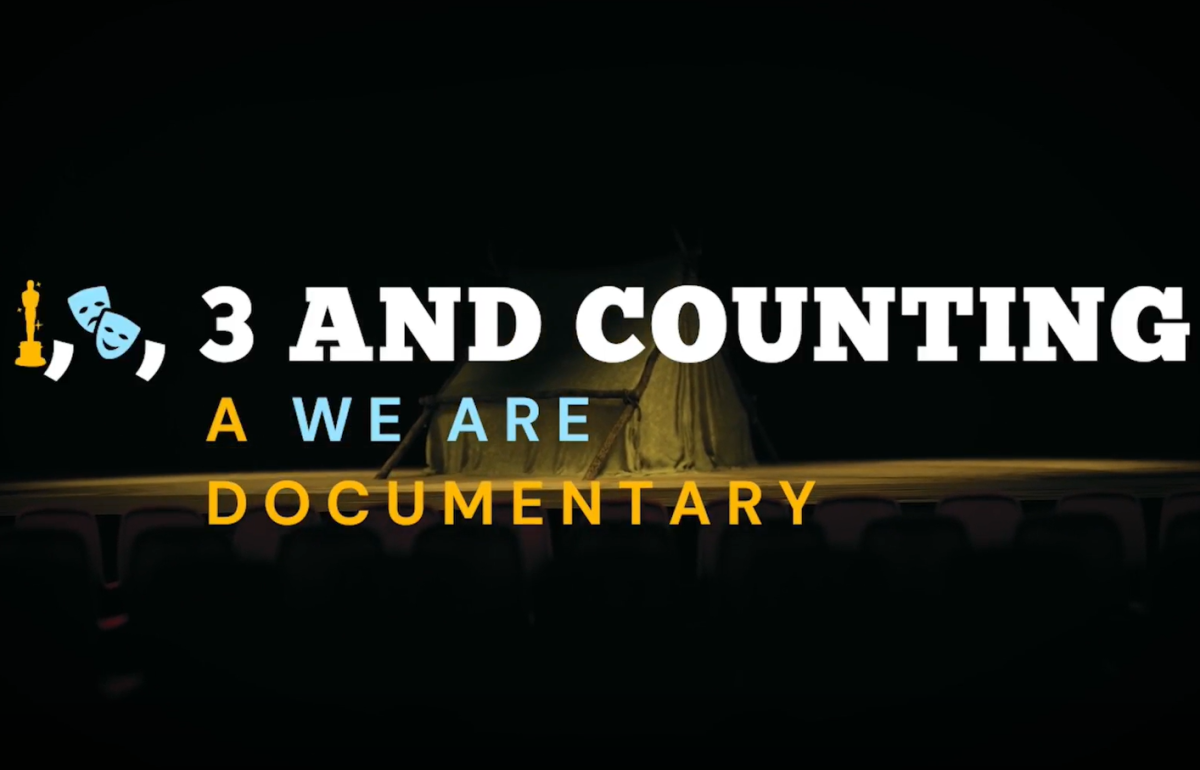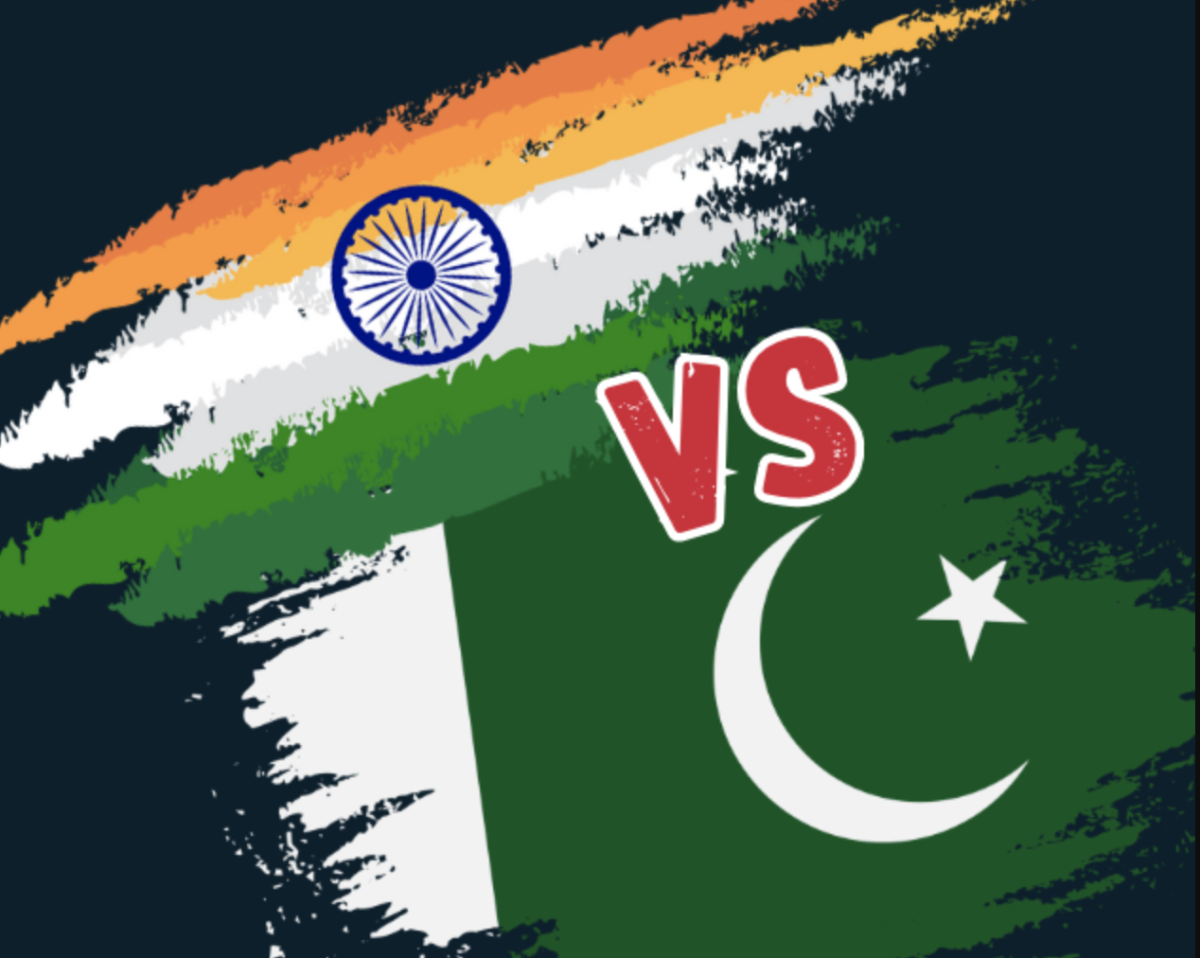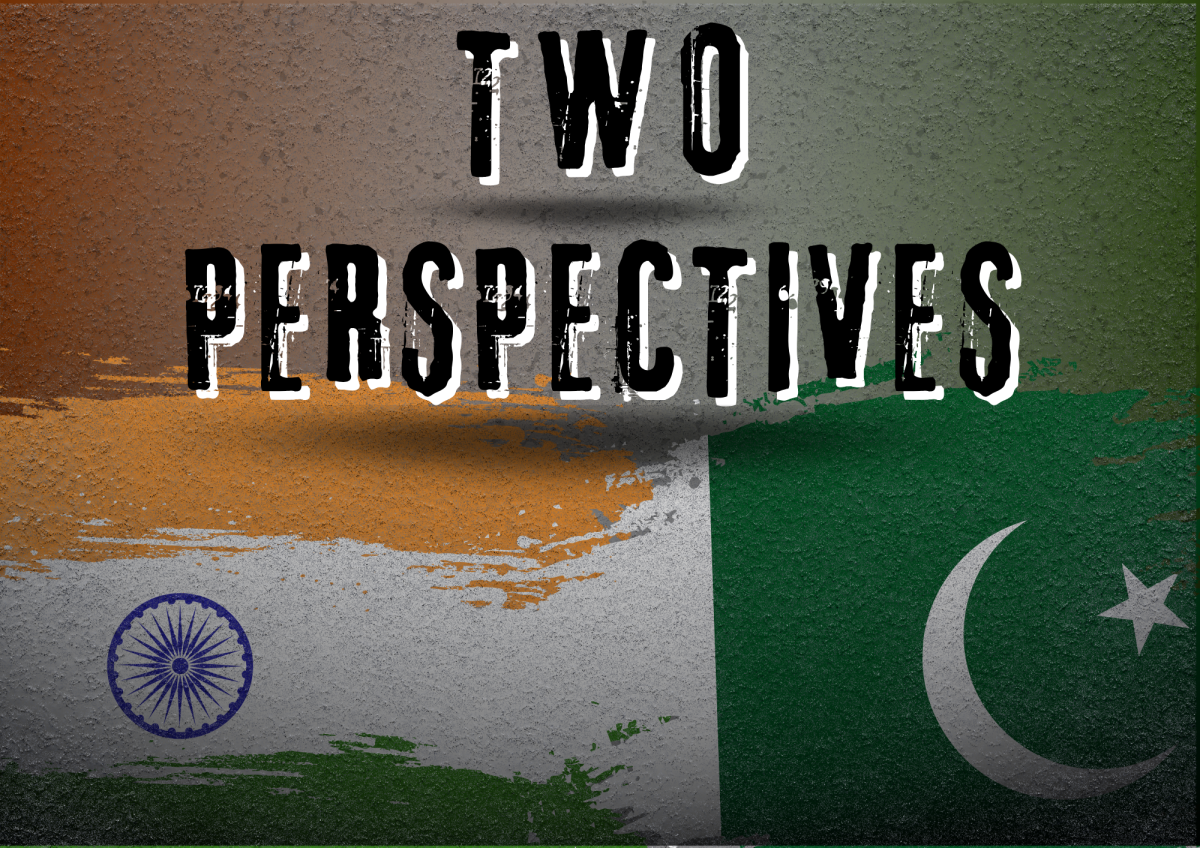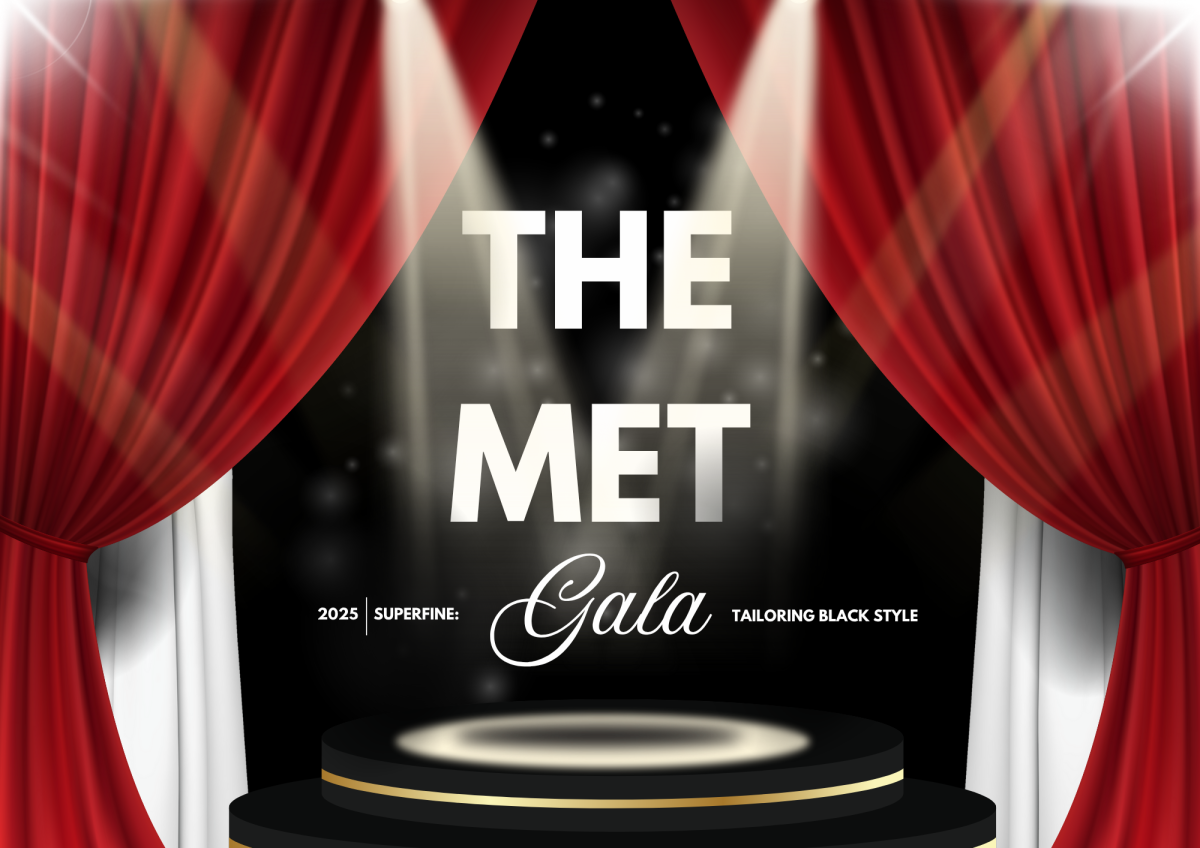In the modern age of social media, the world was shocked when they saw Elon Musk finally purchased Twitter, now named ‘X’, and thought he had a monopoly over the mini-blogging concept. All of a sudden, Mark Zuckerberg and the Instagram team launched Threads resulting in Instagram users opening their phone to a pop-up asking to download Threads. As profiles joined the app, they received a badge on their Instagram profile to signify the number that joined the new Instagram team’s app!
Once joined, it became apparent it was closely designed to look as some might call a rip off of ‘X’ formerly known as Twitter. If you have used Twitter before you’ll notice it is quite familiar with how threads work and how the entire platform thrives on it.
FUN FACT: Instagram’s new app ‘Threads’ hit 30 million users in less than a day and reached the 100 million users milestone within 5 days!
What are the differences?
- Structure:
The most seen difference is the structure. A typical tweet has a maximum number of characters that can be used since it is meant to push for a quick thought to the world. Where threads can be a longer more structured thread which can hold a larger narrative.
- Publication:
Publishing a thread is deliberate and this requires planning and structure as users must think about how the next thread will connect to the past thread. Whilst as mentioned tweets are just a spontaneous thought to the world.
- Engagement:
When It comes to engagement, the two apps have differences. Within X (Twitter) – tweets can be liked, retweeted, and replied to, whereas threads can. Be retweeted and replied to, this means users can show their love and support for the entire thread instead of a singular tweet.
- The Presentation:
Twitter’s timeline is usually different to each other allowing you to see multiple different people’s posts as you scroll. Threads when scrolling display fully developed lists of threads making it easier for users to follow a story within the thread.
- Scope of Search:
The scope of search within Threads and Twitter are different as with Twitter it’s far more advanced in its search capabilities as of the current point. On ‘X’ (Twitter) you can search for Accounts, Hashtags and Tweets, meanwhile, on Threads you can only search for accounts which is a step down from its rival.
- Availability:
The world is technology dominant so ‘X’ (Twitter) used this to their advantage and made ‘X’ (Twitter) available on computers, phones, tablets and other devices whilst Threads is only available on your phone or tablet.
- Messaging:
Every social platform is expected to have a messaging system which is seen to be nowhere on Threads whilst ‘X’ (Twitter) has a direct messaging system.
- Privacy and Security:
A similar and expected feature within all social apps is Security and Privacy. Within Threads, you can use hidden words, similarly ‘X’ (Twitter) has this which is known as “Muted Words”.
However, the one on Threads is a little different… Within the feature you can hide comments and replies, you don’t like to protect yourself from content you don’t want to see.
‘X’ (Twitter) has a mute feature, but it doesn’t apply to anything besides the tweet.
Through multiple different features, there are two distinct features within the platform’s communication. While tweets are designed to be short spontaneous thoughts to the world with more packed platform features within. Whist Threads offer a more structured and immersive way of sharing longer ideas with structure and less availability but can make up for it within the app’s extensive security and protection which differs from ‘X’ (Twitter).











